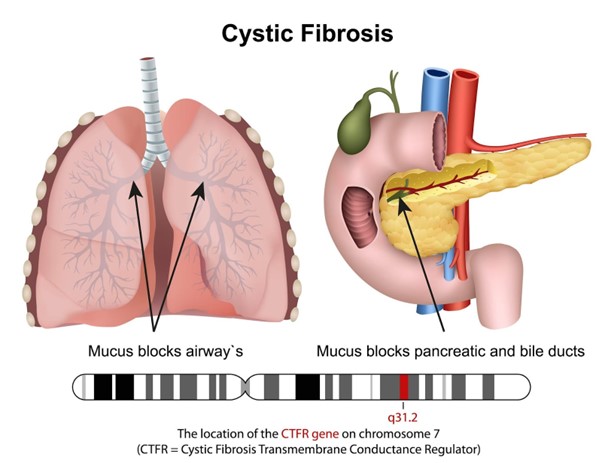A nurse in an emergency department is caring for a client who has a closed head injury. Which of the following actions should the nurse take first?
Prepare the client for an MRl of the brain.
Administer mannitol IV bolus to the client.
Determine the client's Glasgow Coma Scale score.
D insert an indwelling urinary catheter for the client.
The Correct Answer is C
The correct answer is choice C. Determine the client’s Glasgow Coma Scale score. This is because the Glasgow Coma Scale (GCS) is a tool to assess the level of consciousness and neurological status of a client who has a closed head injury. The GCS score can help guide the priority of interventions and the need for further diagnostic tests.
Choice A is wrong because an MRI of the brain is not the first action to take for a client who has a closed head injury. An MRI may be indicated later to evaluate the extent of brain damage, but it is not an emergency procedure.
Choice B is wrong because mannitol IV bolus is a medication that reduces intracranial pressure (ICP) by drawing fluid out of the brain tissue. However, mannitol should not be administered before confirming the presence and degree of increased ICP, which can be done by measuring the GCS score and other vital signs.
Choice D is wrong because inserting an indwelling urinary catheter for the client is not the first action to take for a client who has a closed head injury. A urinary catheter may be needed to monitor fluid balance and renal function, but it is not an urgent intervention.
Nursing Test Bank
Naxlex Comprehensive Predictor Exams
Related Questions
Correct Answer is B
Explanation
The correct answer is B.
Choice A reason: Completing oral hygiene is important for overall health, especially for individuals with cystic fibrosis, as they are at a higher risk for dental problems due to thick mucus that can harbor bacteria. However, oral hygiene does not have a direct impact on the effectiveness of postural drainage. Postural drainage is a technique used to clear mucus from the lungs, and while maintaining oral hygiene is beneficial, it is not a prerequisite for this procedure.
Choice B reason: Using a bronchodilator, such as an ibuterol inhaler, is recommended before postural drainage because it helps to open the airways, making the procedure more effective. Bronchodilators work by relaxing the muscles around the airways, which can become constricted in conditions like cystic fibrosis. This relaxation allows for easier clearance of mucus during postural drainage.
Choice C reason: Pancrelipase is an enzyme supplement used to aid digestion in patients with cystic fibrosis, who often have pancreatic insufficiency. While taking pancrelipase is crucial for nutrient absorption, it is not specifically related to the respiratory treatment of postural drainage. Therefore, it is not necessary to take pancrelipase immediately before this procedure.
Choice D reason: Eating a meal before postural drainage is not recommended. The procedure involves placing the body in positions that facilitate the drainage of mucus from the lungs due to gravity. Having a full stomach can cause discomfort, increase the risk of vomiting, and may hinder the effectiveness of the drainage. It is best to perform postural drainage when the stomach is empty, either before meals or at least 1.5 hours after eating.

Correct Answer is D
Explanation
The correct answer is choice D. Speak directly to the client. This is because the nurse should establish eye contact and rapport with the client, not the interpreter, and show respect for the client’s culture and autonomy. The nurse should also use simple and clear language, avoid jargon and slang, and speak in short sentences.
Choice A is wrong because using gestures to convey meaning can be confusing or offensive to some cultures. The nurse should avoid relying on nonverbal communication and ask the interpreter for clarification if needed.
Choice B is wrong because pausing in the middle of sentences can disrupt the flow of communication and make it harder for the interpreter to translate accurately. The nurse should pause at the end of each complete thought or sentence to allow the interpreter to relay the information.
Choice C is wrong because speaking slowly when talking to the interpreter can imply that the interpreter is incompetent or unintelligent. The nurse should speak at a normal pace and tone, and allow enough time for the interpreter to translate.
Whether you are a student looking to ace your exams or a practicing nurse seeking to enhance your expertise , our nursing education contents will empower you with the confidence and competence to make a difference in the lives of patients and become a respected leader in the healthcare field.
Visit Naxlex, invest in your future and unlock endless possibilities with our unparalleled nursing education contents today
Report Wrong Answer on the Current Question
Do you disagree with the answer? If yes, what is your expected answer? Explain.
Kindly be descriptive with the issue you are facing.
